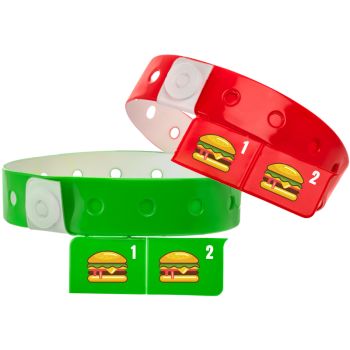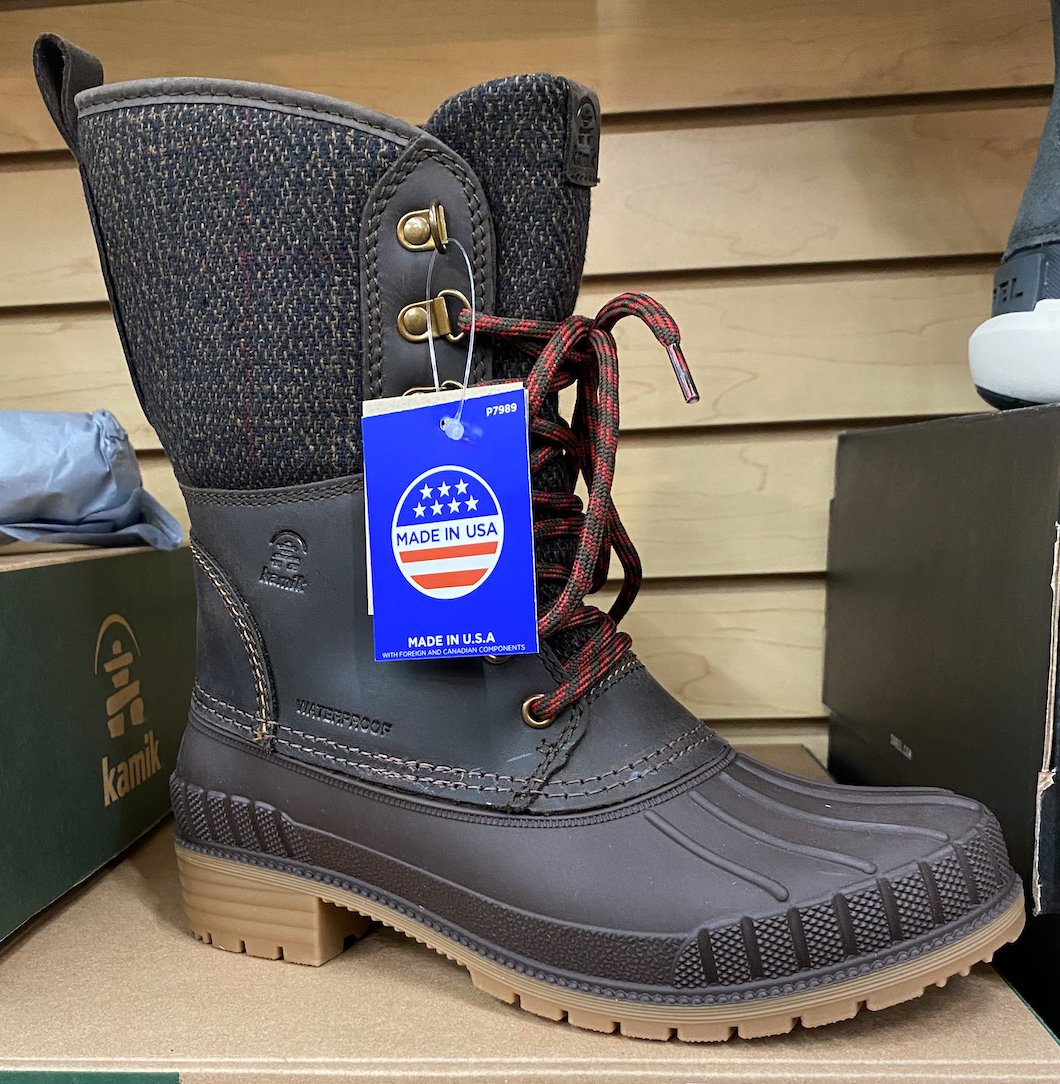
Best Reader Tips of 2021
This year reader tips led to dozens of ad alerts, as well as a complaint to regulators.
Reader says she was "duped" into buying a cashmere cap that turned out to be only 3 percent cashmere.

With the holiday shopping season in full swing, consumers may be thinking about purchasing a cashmere sweater or other cashmere garment for someone on their list. But before you take out the credit card or hand over the cash, it pays to look at the label first.
That can be tricky online, as one TINA.org reader found out.
The reader recently wrote in an email to TINA.org that she was “duped” into buying a cap that she thought was 100 percent cashmere — it was listed as a “cashmere cap” — but was in fact only 3 percent cashmere. She said that only after she received the item, did she learn that the hat from gentsco.com, a menswear site, actually consisted more of rabbit hair than of the premium fiber, cashmere.
She asked: If the product just lists cashmere, am I wrong to think that it’s 100 percent?
What the books say
The Wool Products Labeling Act requires that labels accurately reflect an item’s fiber content as issued by the FTC to the manufacturer or marketer, according to an FTC release. The release provided an example:
If a sweater contains cashmere mixed with sheep’s wool and the label refers to cashmere, the label must accurately disclose the content, for example, 80 percent wool, 20 percent cashmere.
While this labeling law may be helpful when you’re out and about shopping, it’s of little value when shopping online.
Nonetheless, whether you’re online or on land, companies cannot mislead you into thinking you’ve purchased a goat only to then send you a big fluffy rabbit with 3 percent goat sprinkled on top– that my friends is what is known as a bait and switch no-no.
TINA.org reached out to Gents, the company that sold the hat, but the company has not responded.
Click here for more of our coverage on clothing.
Our Ad Alerts are not just about false and deceptive marketing issues, but may also be about ads that, although not necessarily deceptive, should be viewed with caution. Ad Alerts can also be about single issues and may not include a comprehensive list of all marketing issues relating to the brand discussed.
This year reader tips led to dozens of ad alerts, as well as a complaint to regulators.
FTC publishes first closing letters since Made in USA Labeling Rule went into effect in August.
Zooming in on the fine print of a “Made in USA” tag.

